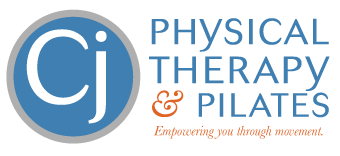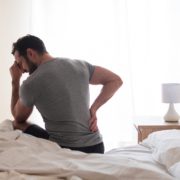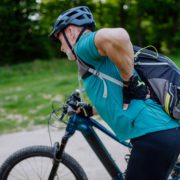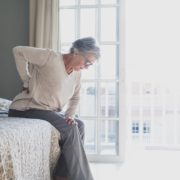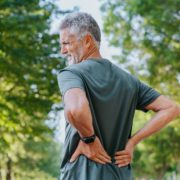Why Your Ab Exercises Aren’t Fixing Your Back Pain
Why Your Ab Exercises Aren’t Fixing Your Back Pain
If you’ve been dealing with back pain for a while, chances are good that someone – whether a well-meaning friend, fitness influencer, or even your doctor – has told you to strengthen your core. It’s one of the most common recommendations I hear from people who come into my clinic. And while core strengthening can be helpful, it’s not the magic fix everyone hopes it will be.
Believe me, I wish it were that simple. But the truth is this: core strengthening alone rarely solves back pain – and in some cases, it can even make it worse.
Let’s unpack why.
Most persistent back pain is what we call “mechanical” in nature. That means the root of the problem is related to the way your spine moves (or doesn’t move) – not how strong it is. Mechanical back pain is typically the result of years of repetitive stress or poor movement habits. These issues can’t be fixed with planks, crunches, or “functional mobility strengthening.” Strengthening your core might make you feel a little better temporarily – but it won’t solve the deeper dysfunction.
Mechanical back pain tends to sneak up over time. It’s not the result of one big injury, but rather the accumulation of little things. Sitting all day at your desk. Constantly lifting and carrying your toddler. Spending weekends bent over in your garden or rotating through your golf swing. Eventually, these patterns start to cause subtle movement problems in your spine – and when left unresolved – those problems lead to pain.
Now here’s where things get even trickier.
When you go to your doctor – or get an MRI – you’re often told your back pain is from something structural: a disc issue, arthritis, or stenosis. But these findings are incredibly common, especially after age 50, and don’t always correlate with your actual pain. Plenty of people have these “abnormalities” and feel just fine. What’s more likely is that your mechanical problem is irritating these structures – not the other way around.
So if you’ve been religiously doing your core workouts but not seeing progress – this might be why. You’re treating the symptoms, not the cause. You have to relieve the mechanical irritation happening around these structures in order to get full pain relief. And core strengthening – not even surgery – will cut it.
To truly get rid of mechanical back pain, you need to address the underlying movement dysfunction. This requires a very specific and individualized approach – something you won’t find on YouTube, in a gym, and definitely not in a doctor’s office. Once that’s resolved, core strengthening does become incredibly valuable. In fact, it’s a key part of staying pain-free and preventing future flare-ups after your back pain is gone.
But timing matters – and I get it – most back pain sufferers have little patience when they’ve been in chronic pain. By the way – I don’t blame you. But if you jump into a core strengthening program too soon – or focus on the wrong exercises – you’re more likely to aggravate your symptoms rather than help them – and prolong your chronic pain.
Here’s the bottom line:
If you’ve been working on your core and not seeing results, don’t assume you’re doing it wrong or that you’re destined for a surgery or procedure. You might simply be skipping a crucial step – mobility before stability. Get your mechanical back pain properly diagnosed and addressed first. Once your mobility is restored and the foundation is solid – then your core strengthening efforts will stick. And your back will thank you.
Dr. Carrie Jose, Physical Therapy Specialist, and Mechanical Pain Expert, owns CJ Physical Therapy & Pilates in Portsmouth, NH, and writes for Seacoast Media Group. If local to Portsmouth, NH, and looking for help – request a FREE Discovery Visit with one of her Specialists by CLICKING HERE.
